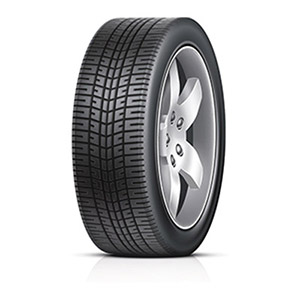iron fence components
The Essential Components of an Iron Fence
Iron fences have long been favored for their durability, aesthetic appeal, and security features. Whether used in residential properties, commercial spaces, or public areas, iron fences serve various purposes and come with a range of components that contribute to their overall functionality and style. In this article, we will explore the essential components of an iron fence, diving into their significance and how they work together to create an effective boundary.
1. Posts
The foundation of any iron fence is its posts. These vertical structures are typically set into the ground and provide the necessary support for the entire fence. Generally made from sturdy materials such as wrought iron or galvanized steel, posts must endure significant forces, including wind pressure and impacts. They are often spaced at regular intervals to ensure a secure and stable fence. Installing posts correctly is crucial, as they determine the overall strength and longevity of the fence.
2. Panels
Iron fence panels are the horizontal sections that fit between the posts. These panels can vary in design, from simple picket styles to more intricate designs featuring scrollwork or decorative elements. The choice of panel design not only affects the fence’s appearance but also its security level. For instance, solid panels may provide more privacy, while open designs can enhance visibility and air circulation.
3. Gates
Every iron fence needs an access point, and this is typically provided by gates. Gates can either swing open or slide and are designed to match the style and material of the fence. They come with various locking mechanisms for security, ensuring that the property remains safe while allowing authorized entry. When selecting a gate, it’s essential to consider both aesthetics and practical use, ensuring it complements the fence while providing adequate security.
4. Cap Rails
iron fence components

Cap rails are the finishing touches at the top of the fence panels, often serving both aesthetic and functional purposes. They protect the fence from moisture, help prevent rusting, and provide a polished look. Cap rails can be flat, rounded, or decorative, depending on the design of the fence. Not only do they enhance the appearance of the fence, but they also contribute to its overall durability.
5. Finials
Finials are decorative elements often placed atop fence posts or cap rails. They come in various shapes and sizes, adding a touch of elegance and individuality to an iron fence. Whether you choose a classic spear, a globe, or a custom design, finials can enhance the overall look of the fence and help to define the character of the property.
6. Vertical and Horizontal Rails
These components provide the framework for the fence, connecting the panels to the posts. Vertical rails reinforce the structure, while horizontal rails offer stability and aid in securing the panels. Together, they provide the necessary support to resist external forces and maintain the fence's integrity over time.
7. Hardware
Finally, the hardware used in iron fences is crucial for functionality. This includes hinges for gates, locking mechanisms, and brackets to hold the panels in place. Selecting high-quality hardware is essential, as it directly affects the security and durability of the entire fence.
Conclusion
Understanding the components of an iron fence helps in selecting the right design and materials for your specific needs. Each part, from posts to finials, plays a vital role in the fence's functionality and aesthetic appeal. With their strength, elegance, and versatility, iron fences continue to be a popular choice for property owners looking to enhance security and curb appeal. Whether for a home, business, or public space, an iron fence is a lasting investment worth considering.
-
Why Choose TJJ as Your Window and Door Hardware Manufacturer?NewsOct.28,2024
-
The Advantages of Cast Iron Stove Plates: A Timeless Choice for Your KitchenNewsOct.28,2024
-
Aluminium Windows Profiles: Benefits and FeaturesNewsOct.28,2024
-
Innovations in Cast Iron Panel TechnologyNewsOct.28,2024
-
The Benefits of Customizing Your Wrought Iron Fence PartsNewsOct.28,2024
-
The Immortal Legacy of Cast Iron Spears: From War to Decorative UseNewsOct.21,2024
-
 Why Choose TJJ as Your Window and Door Hardware Manufacturer?Oct-28-2024Why Choose TJJ as Your Window and Door Hardware Manufacturer?
Why Choose TJJ as Your Window and Door Hardware Manufacturer?Oct-28-2024Why Choose TJJ as Your Window and Door Hardware Manufacturer? -
 The Advantages of Cast Iron Stove Plates: A Timeless Choice for Your KitchenOct-28-2024The Advantages of Cast Iron Stove Plates: A Timeless Choice for Your Kitchen
The Advantages of Cast Iron Stove Plates: A Timeless Choice for Your KitchenOct-28-2024The Advantages of Cast Iron Stove Plates: A Timeless Choice for Your Kitchen -
 Aluminium Windows Profiles: Benefits and FeaturesOct-28-2024Aluminium Windows Profiles: Benefits and Features
Aluminium Windows Profiles: Benefits and FeaturesOct-28-2024Aluminium Windows Profiles: Benefits and Features












